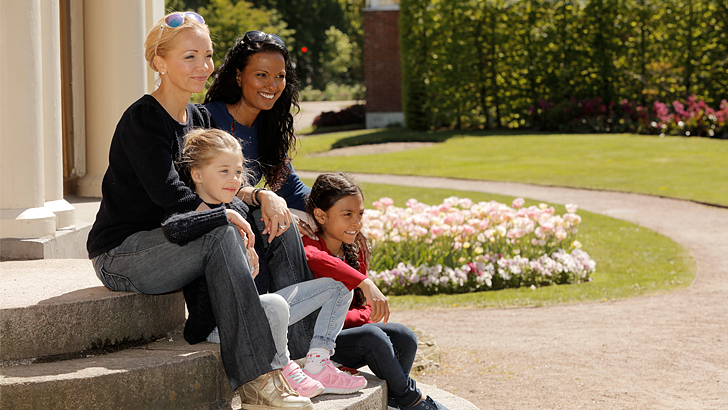There are always positives to be found among the downsides. If the disease or diagnosis, and the various associated matters weigh heavily, it helps to look for all the positive things in life that weigh against this. To achieve that balance, a caregiver needs to be prepared to talk, ask questions and not serve answers like an automaton.

“My model is about the collaboration between the caregiver and the patient. The caregiver must see the whole person and initiate the entrance to gain an insight into her own life situation. And occasionally also challenge the patient. This requires brave caregivers who ask deep questions. What we gain are stronger patients, who are more capable of living with their diagnoses.”
Mia Berglund cites an example of working with elderly patients who suffer from long-term pain. The caregivers, occupational and physical therapists, who meet these patients regularly in home health care, are trained in asking these questions. It has led to a more reflective thought process in the patients, who were encouraged to set their own goals for life in the future.
"The caregivers were a little concerned when a 97-year-old wanted to drive a car again", says Mia Berglund. “But if the goal does not seem very realistic, the caregiver should delve into this a little further with the patient: Is it possible for you to drive a car? And even more importantly: Why do you want to drive a car again?"
It turned out that the person in question wanted to visit her summer cottage again. This request could be facilitated without her getting behind the wheel. It turned into an outing, and provided great satisfaction for the patient, who was able to enjoy the moment more.
“The pain did not disappear in this group. But the joy of life was greater. The number of alarms dropped. The medication was reduced - antidepressants in particular.”
But there are also other tools the person may find useful on their own:
- Keeping a diary.
- Expressing feelings and thoughts by drawing and painting.
- Scrap booking from newspapers on a large sheet of paper to illustrate goals or desires.
- Describing to relatives what type of support is needed.
- Encouraging relatives to ask questions, perhaps even challenging them, if needed.
Within the framework of research, Mia Berglund is also developing digital support for this type of conversation. The project is still in the early stages. However, tests on a prototype will begin soon.
"The human connection is irreplaceable, of course," she says. "But in some cases, this type of support may be a worthwhile addition”.
She concludes the interview with the following words:
"It is all right to be unhappy, to feel sorrow, to grieve: a part of your past identity has indeed been lost. Grieving needs time. And you will make good and bad choices. Be kind to yourself!"
You can read the first part of the interview here or download the scientific review on patient centered care below.




